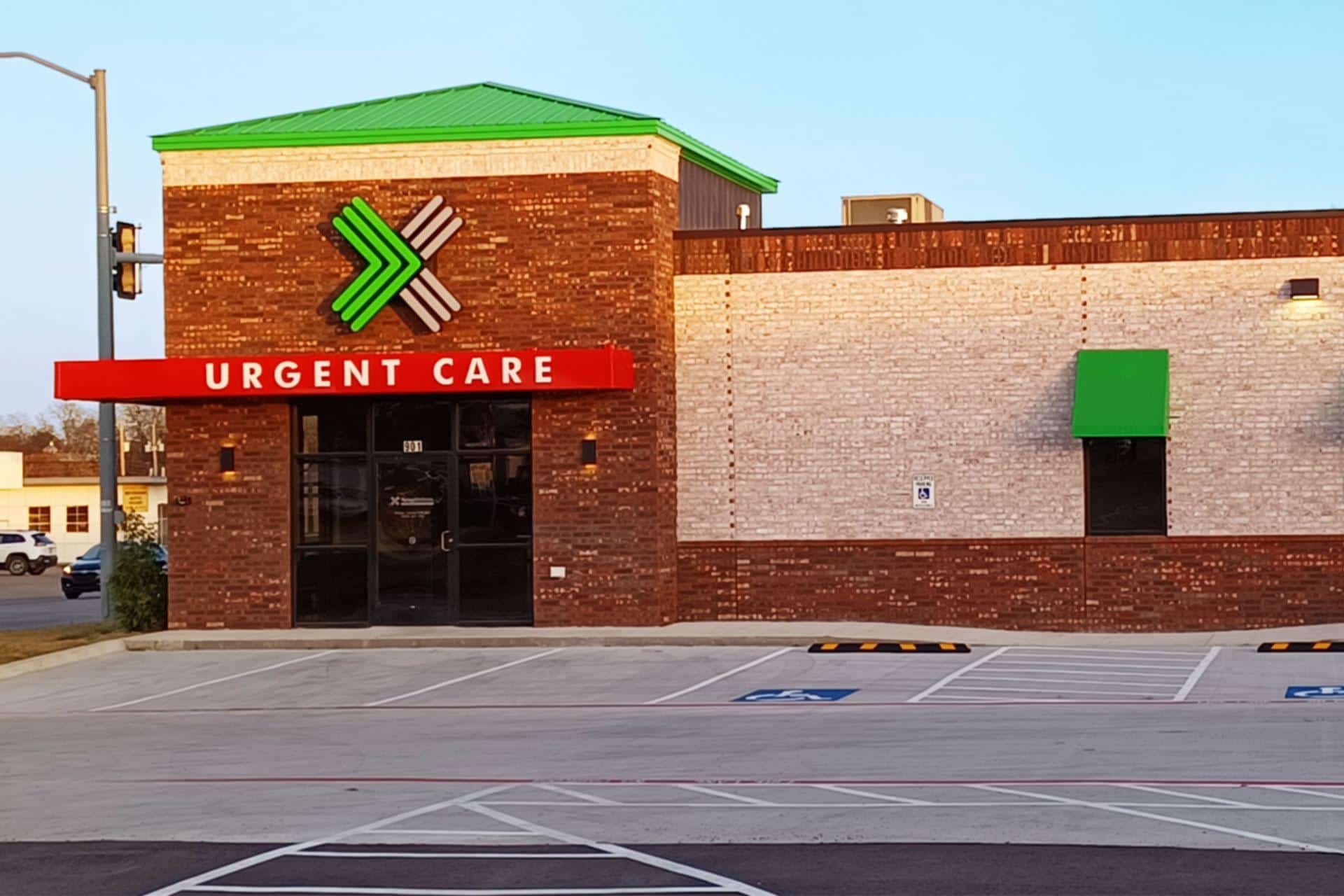Finding the Most Efficient Clinic for Your Urgent Care Needs
Finding the Most Efficient Clinic for Your Urgent Care Needs
Blog Article
How Urgent Treatment Clinics Enhance Accessibility to Medical Care for Sufferers With Immediate but Non-Emergent Medical Needs
Urgent treatment centers have actually become an important part in the health care landscape, addressing the demands of individuals who need immediate interest for non-emergent problems. By operating beyond typical office hours and offering a streamlined technique to minor injuries and diseases, these centers not only decrease the worry on emergency divisions but likewise boost total client access to timely treatment. As we take into consideration the ramifications of this version, it becomes important to analyze just how immediate care clinics are changing patient experiences and results in ways that merit more exploration.
Duty of Urgent Care Clinics
Immediate care facilities play an important role in the health care system by providing obtainable and immediate clinical services for non-life-threatening conditions. These facilities act as a crucial bridge between health care suppliers and emergency departments, properly reducing the worry on medical facilities while making certain patients receive timely treatment. By running extended hours, including weekends and evenings, urgent treatment facilities accommodate individuals that might not have the adaptability to go to a standard medical professional's office during conventional organization hours.
The range of services provided at urgent care centers consists of therapy for minor injuries, ailments, and diagnostic services such as X-rays and laboratory tests. This breadth of care enables individuals to resolve a selection of health concerns without the long wait times usually related to emergency situation areas. Immediate treatment centers frequently employ a diverse group of medical care experts, including physicians, nurse experts, and medical professional aides, who are equipped to take care of numerous medical situations.
Advantages of Immediate Accessibility

Additionally, immediate accessibility lowers the worry on key treatment suppliers and emergency situation departments by diverting much less essential instances to proper settings. This minimizes overcrowding in emergency clinic, enabling those with true emergency situations to obtain the urgent care they require without unneeded delays.
Moreover, the ease of extensive hours and walk-in schedule indicates that clients can seek treatment without the requirement for appointments, which is specifically helpful for individuals with uncertain routines or those who might experience unexpected health concerns. - Urgent Care
The ease of access of immediate treatment clinics promotes a proactive strategy to health and wellness, motivating individuals to seek clinical advice and therapy quicker instead than later. This not just enhances individual complete satisfaction yet also advertises a culture of preventative care, inevitably leading to much healthier communities.
Comparison With Emergency Clinic
Frequently, clients discover themselves not sure whether to see an immediate treatment facility or an emergency situation area when encountered with a clinical concern. Immediate treatment facilities are made to address immediate but non-emergent clinical concerns, such as small injuries, infections, or ailments.
On the other hand, emergency clinic are outfitted to take care of life-threatening scenarios and serious clinical emergencies, such as heart assaults, strokes, or major trauma. These centers use sophisticated diagnostic tools and specialist consultations, which can bring about much longer wait times for individuals with less crucial issues. Generally, emergency situation spaces tend to be more pricey than immediate care facilities, making immediate care a more cost-efficient choice for non-emergent needs.
Ultimately, while both immediate care facilities and emergency situation rooms play essential functions in the healthcare system, recognizing their particular functions permits clients to choose the suitable setup based on the urgency and nature of their clinical issues.
Providers Provided by Urgent Treatment
Urgent treatment clinics give a broad array of services customized to deal with non-emergent clinical requirements, making them a hassle-free choice for people seeking punctual attention. These centers are equipped to manage various conditions, consisting of minor fractures, strains, and lacerations, which require instant treatment but do not demand emergency clinic intervention.
In addition, urgent care centers supply diagnostic services such as X-rays and lab examinations, enabling for quicker evaluation and treatment of health problems. Individuals usually existing with usual conditions like colds, flu, and infections, which can be efficiently managed on-site. Immediate care facilities frequently offer precautionary solutions, consisting of vaccinations and health and wellness testings, adding to total public wellness.
Another key service provided is the administration of chronic conditions worsened by severe signs, such as bronchial asthma or diabetes mellitus, making certain people obtain prompt treatment without frustrating emergency situation solutions. Lots of centers likewise prolong their hours beyond conventional office schedules, improving ease of access for clients who may call for treatment throughout evenings or weekends.
Improving Person Results

Urgent care clinics are geared up to handle a series of non-emergent clinical problems, including minor injuries, infections, and ailments. Their concentrate on easily accessible, premium care allows people to get preventative services and appropriate therapies, promoting better wellness administration. Moreover, these facilities commonly employ a multidisciplinary strategy, incorporating various medical care experts to ensure thorough care.
Individual education and learning is likewise a vital element of boosting outcomes. Immediate care suppliers frequently use guidance on follow-up care, preventative steps, and way of websites living modifications, equipping patients to take an active function in their wellness. As a result, the mix of prompt access, professional treatment, and patient education not only boosts satisfaction however additionally leads to improved long-lasting wellness outcomes, reinforcing the value of immediate treatment facilities in the healthcare continuum.
Final Thought
In summary, immediate treatment clinics offer a crucial role in boosting health care access for people with instant, non-emergent medical demands. Ultimately, immediate care centers are vital in bridging the void between key care and emergency situation services, making certain easily accessible and efficient health care for communities.
On standard, emergency situation spaces often tend to be much more pricey than urgent treatment clinics, making urgent treatment a more cost-efficient option for non-emergent demands. (Urgent Care)

Inevitably, important site urgent treatment facilities are necessary in bridging the space in between primary treatment and emergency services, ensuring efficient and directory easily accessible healthcare for areas.
Report this page